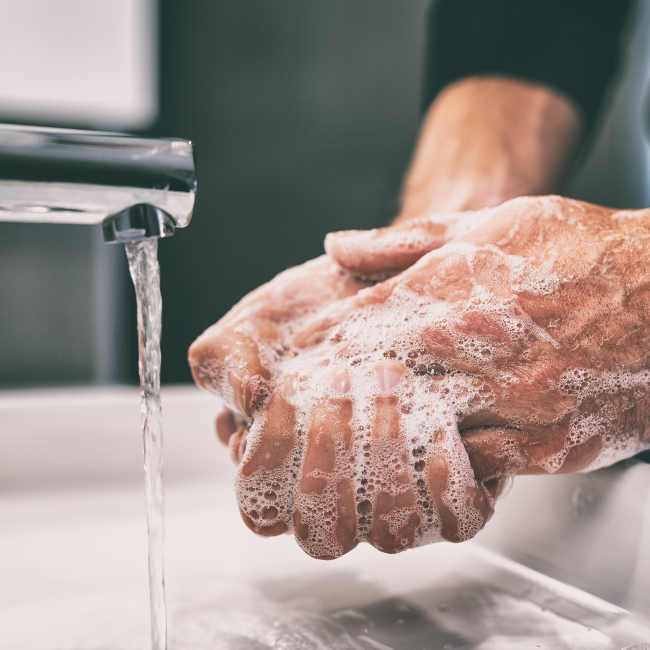The immune system can essentially be broken down in to two mechanisms, the Innate Immune Response (IIR) and the Adaptive Immune Response (AIR).
The IIR offers immediate protection against daily pathogens which can expose us to harm. It is regulated by mechanical, chemical and anatomical defence mechanisms. It is a rigid response, meaning it is indiscriminate and cannot adapt, but is highly effective in suppressing the initial spread of infection.
The IIR is our first line of defence against a pathogen (virus or bacteria), so a highly functioning IIR should stop an infection in its tracks, perhaps before you even know you’ve had it. The first line of defence in the IIR are mechanical barriers like your skin and chemical barriers, like tears for instance. Deeper under the surface, the IIR also consists of warrior cells with names like natural killer cells, neutrophils, macrophages and dendritic cells. These quickly detect a foreign body and attack it in a non-discriminatory manner. A variety of studies link moderate exercise to an increase in IIR function and a reduction in IIR function after heavier bouts of exercise which is discussed in the next section Exercise & Immunity.

Human behaviour can have a dramatic effect on preventing the mechanical barriers of the IIR from being breached. There’s not a whole lot you can do if someone sneezes of coughs over you, but you can wash your hands regularly and avoid touching your face, particularly your mouth, nose and eyes where pathogens can easily enter the body. If you don’t have the facilities to wash your hands regularly, just don’t touch your face! This simple modification to your personal behaviour could stop save your immune system a whole lot of unnecessary work.
The Adaptive Immune Response (AIR) is a significantly more complex regulatory immune system which has the ability to learn & memorise methods of eradicating pathogens from previous exposure. It consists of immune cells called lymphocytes, cyctokines and antibodies which ‘learn’ to contain a particular pathogen. As well as the AIR having similar adaptive responses to exercise, athletes may also have a greater ability to eradicate pathogens due to frequent exposure to potential infections picked up from shared gym equipment, swimming pools and physical contact in team-based sports. These ‘memories’ can last for many years and thus allow the immune system to transport AIR cells to the lymph nodes where the initial phase of attack can begin against the infection.
The AIR is very slow to react and can take 4-7 days to respond so the system relies heavily on the IIR to keep the infection at bay, or even wipe it out entirely before it gets up to speed. Once the AIR has conquered an infection, should it meet the same pathogen in the future, the response time is much faster and it is quickly dealt with. The human body will have either become immune from that particular infection or will experience a much milder illness.
If you would like to learn more about the IIR and AIR, take the time to read through this short review.






